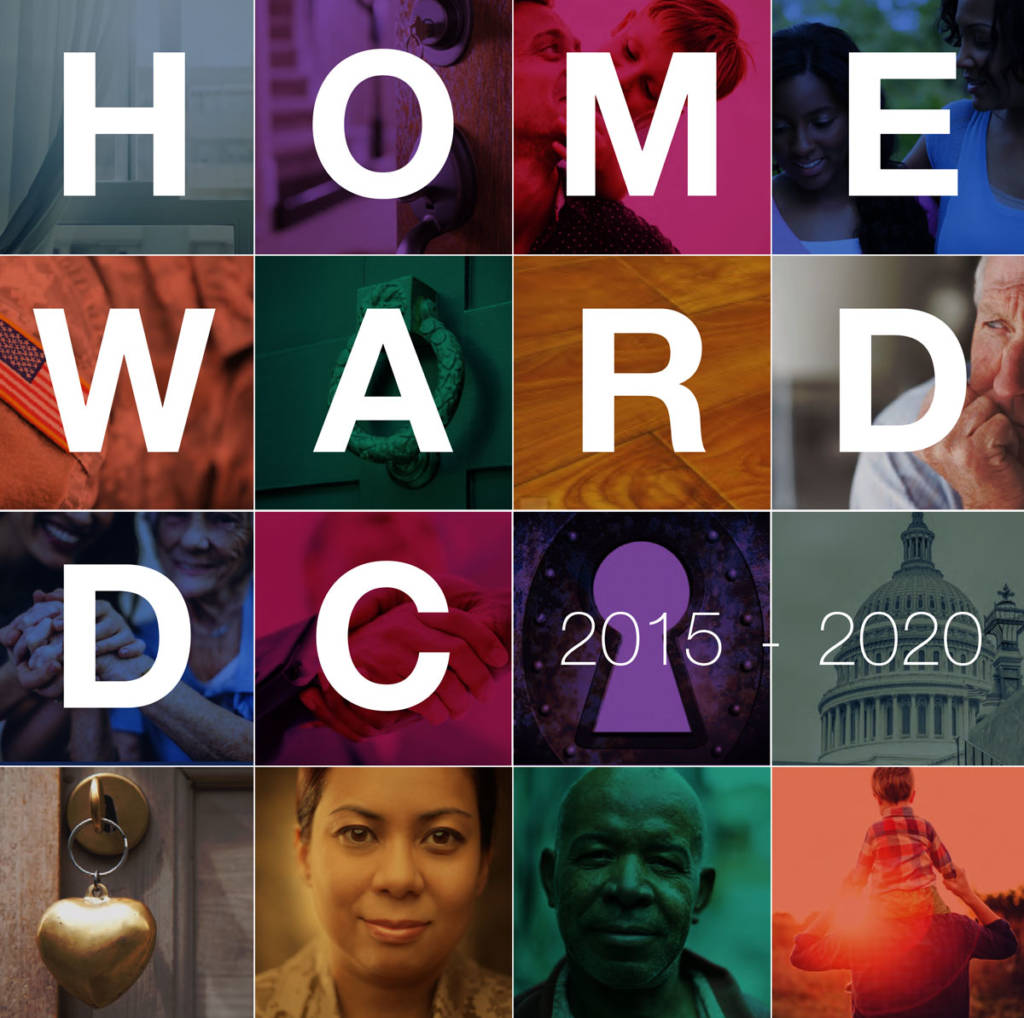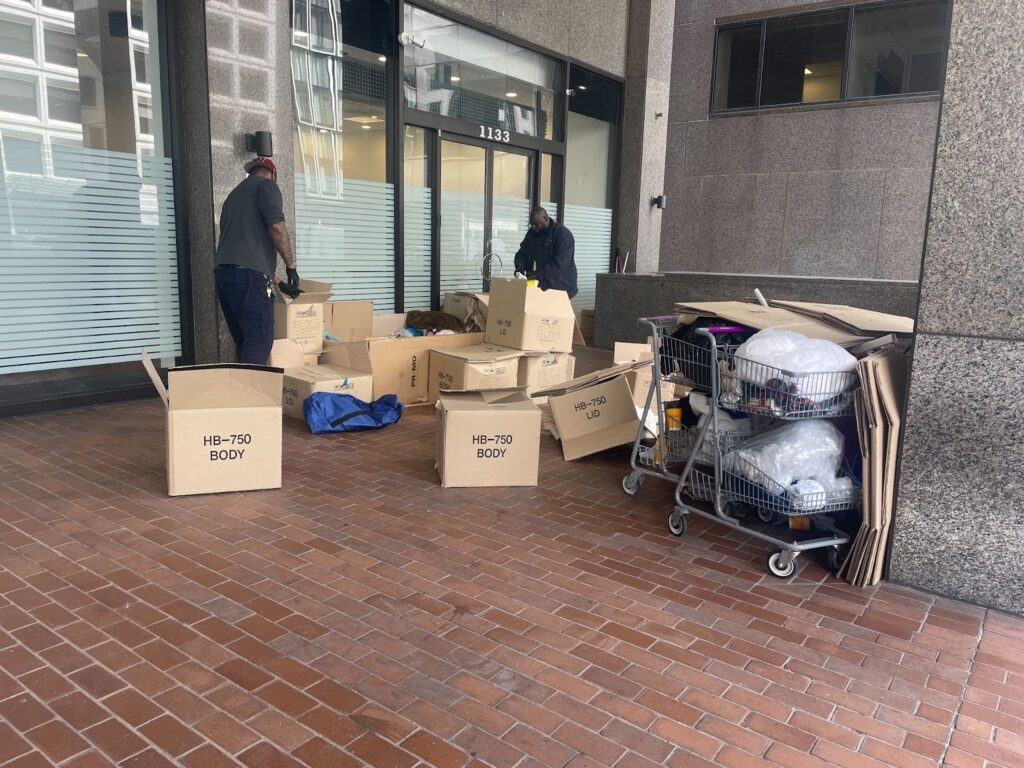The District of Columbia Interagency Council on Homelessness’ Emergency Response and Shelter Operations Committee (EROS) met Wednesday, May 27, to discuss their part in the implementation of Homeward DC.
Homeward D.C. is a strategic 5-year, data-driven plan that passed last month with the end goal of eradicating long-term homelessness in the District of Columbia. It was devised after extensive review of past and existing systems, resources, and program models. The plan is threefold, built on ending homelessness among Veterans by 2015, ending long-term homelessness among both families and individuals by 2017, and rehousing those experiencing home loss in of 60 days or less by 2020.
EROS is responsible for planning shelter facility replacement and improving protocol for shelter maintenance. The committee is also mandated to coordinate with other organizations to create points of entry across the District for obtaining birth certificates and IDs. Lastly, EROS is working to increase the number of respite beds at shelters and to implement homelessness prevention programs city-wide.
The plan details three program models to be enacted that will help individuals and families before they reach the shelter while in short-term or interim housing and in permanent housing situations.
The first program model, “Front Porch Services,” is intended to provide services to people before they reach the homeless services system. These may include, but are not limited to, street outreach or prevention services provided to residents who are in danger of losing their housing or have already lost their home.
The second model is “interim housing,” meant to provide a safe environment for residents in emergency situations while they search for more permanent solutions. These services provide communal support for those in transition and are meant to be limited in nature.
The third model is “permanent housing,” where the resident is the primary leaseholder, able to remain as long as they chose with supportive features as intensive as necessary.
The need for a consistent, clear line of communication between clients and organizations providing services was stressed. ERSO wants clients to be aware of not only the programs available to them, but also the logistics involved. Clients should have access to facility hours, relocation plans, and rules regarding the length of their stay.
“If you don’t know where to go, no amount of programs will help you,” said William Moore, who identified himself as a concerned citizen.
Clients also need a forum to report back on the implementation of each item, as mandated by the strategic plan.
Ideas for improving lines of communication included a monthly or weekly newsletter for those who have access to the Internet and a requirement that FAQs be posted in every shelter. The issue of respite beds in shelters also sparked debate amongst the committee. It was argued that respite beds needed to be in shelters to offer a place for the sick to go rather than expect them to walk across town to an emergency room. Respite beds also act as a failsafe for those needing stabilization after bouts in the hospital.
There was also a concern that there may not be enough space in shelters or money in the budget to make this a reality. Respite beds in shelters may prove to be beneficial in the short run, but the extent of the need has not yet been studied or recorded. Further research and collaboration with healthcare providers could prove beneficial, as respite beds could have adverse effects, for example the cost-to-benefit ratio could be too high or care could be inadequate, as shelter staff are not trained medical professionals.
Currently, Miriam’s Kitchen is one of the few organizations providing low-cost birth certificates and IDs. Once clients have proper identification, it removes barriers to finding housing and makes the overall process less cumbersome. Lowering or waiving the fee for a D.C. birth certificate might reduce the pressure on Miriam’s Kitchen to fill this need for so many clients. The more points of entry available to those experiencing homelessness, the less bureaucratic barriers that have to be jumped.
Contrary to past plans, this blueprint hopes to recognize the ever changing and unpredictable nature of homelessness on a case-by-case basis. The vision of ending homelessness does not mean that no one will ever experience lack of housing again, because there will always be global and local emergencies. Instead, the Interagency Council on Homelessness (ICH) defines the end to homelessness to mean that “every community will have a systematic response in place that ensures homelessness is prevented whenever possible, or is otherwise a rare, brief, and non-recurring experience.”
Contrary to past plans, Homeward DC hopes to recognize the unpredictable nature of homelessness on a case-by-case basis. The ICH plan admits that people may still experience a lack of housing. However, “every community will have a systematic response in place that ensures homelessness is prevented whenever possible, or is otherwise a rare, brief, and non-recurring experience.”








